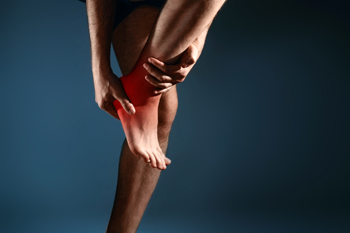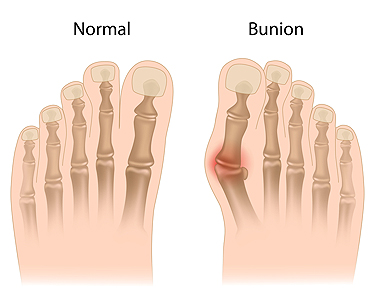
Heel pain affects people of all ages and lifestyles. It is often referred to by various names, including plantar fasciitis, policeman's heel, tennis heel, and jogger's feet. This type of pain typically stems from inflammation of the plantar fascia, the thick band of tissue that connects the heel bone to the toes. Common causes include overuse, wearing improper footwear, sudden increases in activity, or standing for prolonged periods of time. While heel pain can be debilitating, several treatment options exist, ranging from conservative methods like rest and stretching exercises, to more aggressive interventions, such as orthotics or even surgery in severe cases. It is suggested that you schedule an appointment with a podiatrist if you have heel pain. This foot doctor can provide an accurate diagnosis and tailored treatment plan to prevent heel pain from worsening.
Many people suffer from bouts of heel pain. For more information, contact one of our podiatrists of InStride Family Foot Care. Our doctors can provide the care you need to keep you pain-free and on your feet.
Causes of Heel Pain
Heel pain is often associated with plantar fasciitis. The plantar fascia is a band of tissues that extends along the bottom of the foot. A rip or tear in this ligament can cause inflammation of the tissue.
Achilles tendonitis is another cause of heel pain. Inflammation of the Achilles tendon will cause pain from fractures and muscle tearing. Lack of flexibility is also another symptom.
Heel spurs are another cause of pain. When the tissues of the plantar fascia undergo a great deal of stress, it can lead to ligament separation from the heel bone, causing heel spurs.
Why Might Heel Pain Occur?
- Wearing ill-fitting shoes
- Wearing non-supportive shoes
- Weight change
- Excessive running
Treatments
Heel pain should be treated as soon as possible for immediate results. Keeping your feet in a stress-free environment will help. If you suffer from Achilles tendonitis or plantar fasciitis, applying ice will reduce the swelling. Stretching before an exercise like running will help the muscles. Using all these tips will help make heel pain a condition of the past.
If you have any questions please contact our offices located in Concord, Charlotte, and Salisbury, NC . We offer the newest diagnostic and treatment technologies for all your foot and ankle needs.

 A broken ankle
A broken ankle

